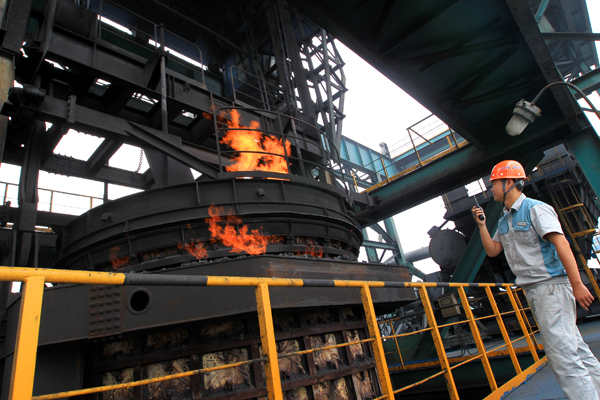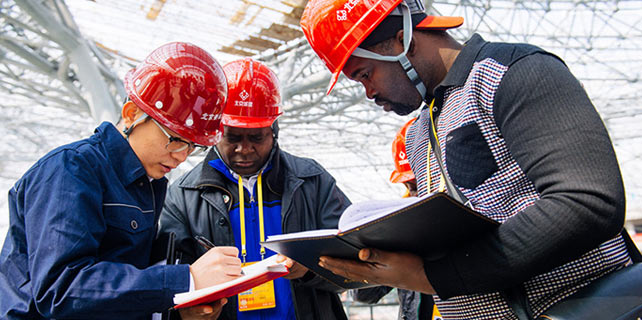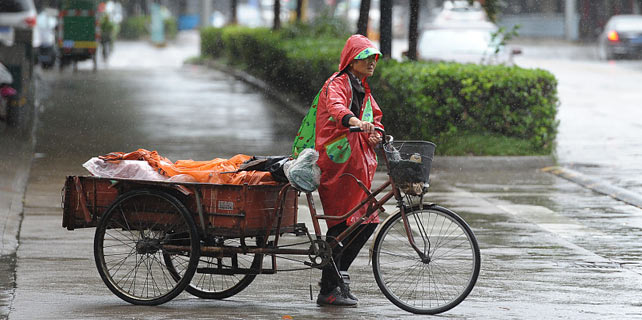Future shines as coal fades
 |
|
A worker checks coking facilities at a coal chemical industrial zone in Huaibei.Yue Jianwei/China Daily |
Plentiful reserves
"The raw coal reserves in Huaibei are high quality and environmentally friendly because they contain less sulfur and phosphorus than those in other parts of the country," said Zhang Zhen, chief engineer at the Huaibei bureau of land and resources.
The city's reserves are composed of several types of coal, including thermal coal, coking coal and anthracite, which can be used to produce a wide range of chemical materials, according to Zhang, who started at the bureau in 1994.
For decades, Huaibei was the largest electricity generation base in East China, one of the country's most industrialized and developed areas, which helped to fuel the region's growth.
When the city was established nearly six decades ago, tens of thousands of people flocked to the area from across the country to work in the mines.
With annual raw coal output of around 50 million tons in recent years, Huaibei is now entering the twilight of its days as a coal mining center, Zhang said.
Since 2008, 69 cities have been listed as largely relying on natural resources that will be exhausted in the foreseeable future. Huaibei joined the list in 2009.
At its peak in around 2010, more than 100,000 people worked in the city's coal mines, and about 300,000 were employed in related industries. They and their families will be affected by the decline of coal mining, according to Long Baomin, deputy director of the Huaibei Municipal Development and Reform Commission.
As the country has tackled overcapacity in the coal sector, almost all the private mines in Huaibei have been closed, along with some small State-owned facilities.
Despite that, more than 70,000 people are still employed in the city's coal sector, the commission said.









